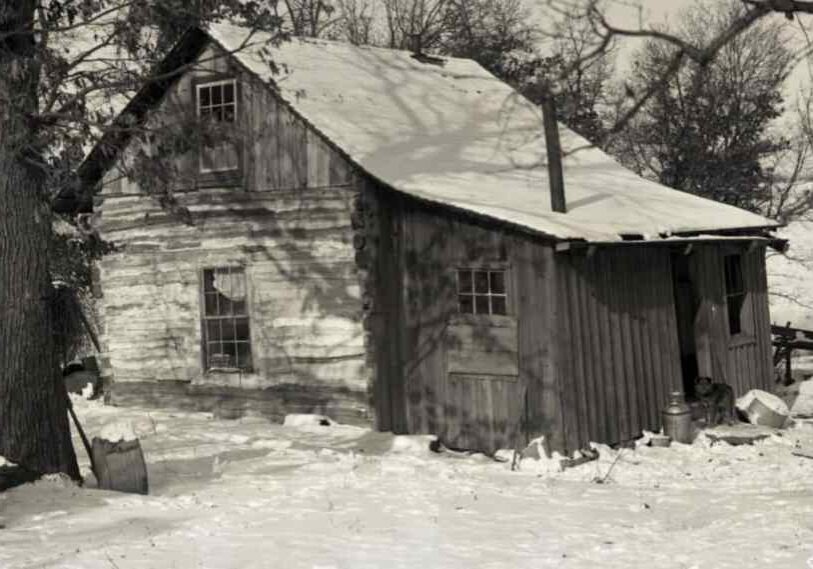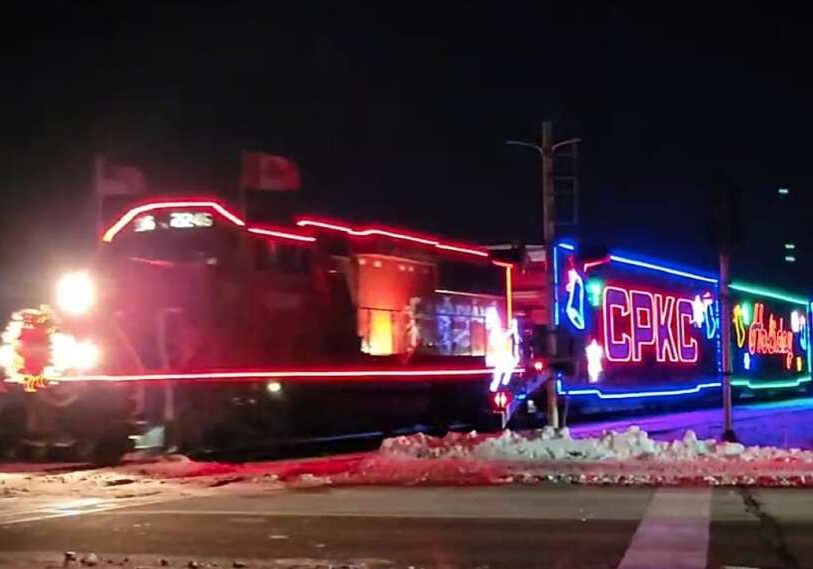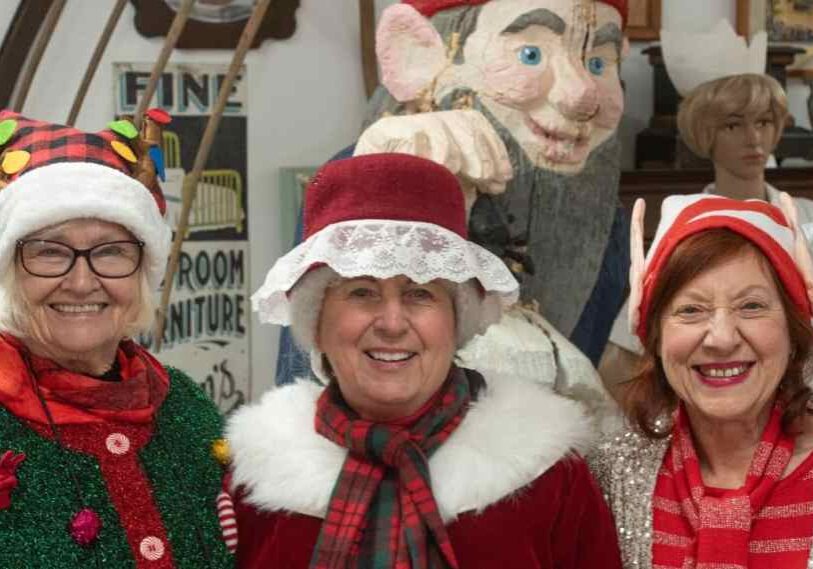To Market, to Market | A Trip to the Lanesboro Sales Commission Auction

LANESBORO, MN – Did you ever lament not being good looking enough to walk the catwalk in a fashion show in New York? Or unable to test your business acumen against the best in the business? Go no further than the Lanesboro Sales Commission (also known as the Sales Barn) to fulfill those dreams.
I traveled down to the sales barn, located on Coffee Street, on a Friday – its busiest day of the week – and got educated by Larry and Mike. Their interest that day was cattle. Larry wanted to buy a few feeder cattle to fatten up and sell. Mike is a true cattle buyer sent to find his customers healthy livestock at a good price.
We started our conversations at a great breakfast at the Stockyard Café connected to and within 20 feet of the arena where the livestock are ushered in and bidding begins by interested buyers. After eating breakfast at the Café , you are now prepared to do a full day of chores.

Home to a good old fashioned farmer breakfast, the Stockyard Café is a good starting place for the day’s bidders. (Photo by Renee Bergstrom)
A Bird’s Eye View of the Action
Before I entered the arena, I ventured up onto the catwalk. High above the floor of the barn you can tread on a two-foot walkway (with handrails) and view the stalls all along the length of the barn where the livestock await their new owners and destination. The walk along the wooden planks was eerie; I heard only the sound of animals below.

A view from the barn’s catwalk, not for the faint of heart. (Photo by Renee Bergstrom)
And my mind was swirling about with “What would happen if I fell into a stall? Would I be trampled? Licked by friendly calves?” I didn’t share these thoughts with Larry or Mike when I returned to ground level for fear of being called a city slicker – or worse.
The Sales Barn by most accounts was a large part of what put Lanesboro on the map. In 1947 the Lanesboro Sales Barn was built, but not before its predecessor failed in a short time and became a dance hall known as the “Dike” just west of town, near the intersection of Highways 16 and County 21.
The initial owners and builders of the sales barn (at its current location) were Walter Ode and Paul Evenson, to be joined a bit later by Duffy Lewis. In the early days, Friday auctions brought in 50 or so buyers and sellers.
Today, Joe Nelson owns the Lanesboro Sales Commission as well as the Decorah Sales Commission in Decorah, Iowa. His involvement with the Commission spans a total of 38 years.
Joe says that at any time the Commission may have 250 consignors (those who send their livestock to the auction for sale). To accommodate the growing number of livestock, Joe and family added a new 80-foot by 120-foot barn in 2023.

Just some of the livestock up for auction at the Lanesboro Sales Barn. (Photo by Renee Bergstrom)
The Sales Commission now provides auction services on Wednesdays for “fat cattle” and Fridays for “feeder” cattle as well as all other varieties of livestock, such as sheep, goats, calves and pigs. Mondays, the commission may also be open for the auction of specially bred cows and heifers.
Springtime also brings a huge horse auction which fills up the arena with excited sellers and buyers, looking for a horse to trail ride or show off at a local horse show or county fair.
After obtaining information about owner, vaccination history of the animals and their weight, the auction begins.
The auctioneer, hired by the sales barn, announces an initial bid price they are seeking as the animals exit from the holding area into the arena for viewing.
Like any other auction, potential buyers raise their hand, point a finger or nod their head to meet the offered price, which actions are monitored by a ring man and conveyed to the auctioneer.

Today’s selection of animals also includes curious goats. (Photo by Renee Bergstrom)
Keeping Up the Pace
According to Joe Nelson, the auctioneer is key. Their knowledge of the livestock, the market and tempo of the bidding process keeps the auction moving. The action is fast and furious and, in some cases, the livestock may be in and out of the arena in less than a minute.
This is no place for the timid and unsophisticated. The buyers, sitting in the bleachers above the floor not only are bidding against others in the arena but against buyers who are viewing the livestock on a camera and placing bids on the Internet. The big screen at each end of the arena shows the current bid from in-person and online buyers.

Key to a great auction is a skilled auctioneer who’s always watching for the highest bid. (Photo by Renee Bergstrom)
When the sale is done, money changes hands the same day from buyer to seller and the livestock are moved out by truck or trailer when the auction is over.
Despite the hectic appearance of the auction itself, the process is highly regulated by the Packers and Stockyards Act of 1921, implemented “to assure fair competition and fair-trade practices, to safeguard farmers and ranchers and protect consumers… and others from deceptive practice.” The benefit: our local farmers have no need to haul their livestock long distances since fair competition and fair prices can be found right here in the Root River valley.

Bidders wait in the stands to get in on the action. (Photo by Renee Bergstrom)
An Important Connection to Agriculture
Would Lanesboro be on the map without the Lanesboro Sales Commission? Perhaps, but without a connection to its agricultural roots.
While tourism and the arts have transformed Lanesboro in many ways, the core values of this agricultural community are still intact. To appreciate and understand this connection, all you need do is visit the Lanesboro Sales Barn for breakfast. Sit and talk with a farmer, buyer or trucker about what brought them down there that morning. Ask them what they think about the price of cattle, or sheep or goats.
Then go watch the auction and discover how the wheels of the local economy turn. (Oh, and don’t forget to take a walk on the “catwalk”, if you dare!)






